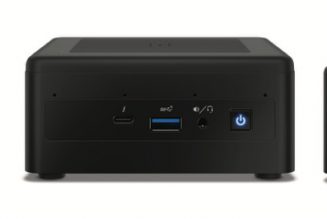
The Ethereum network has been on a years-long path to switch its energy-hungry proof-of-work blockchain to a more efficient proof-of-stake system, and now its developers are suggesting a date to make the switch. It’s not final yet, but on a call streamed via the Ethereum Foundation’s YouTube page, they decided to submit this pull request proposing to make the change when the network reaches a specific difficulty mark, which should occur on September 15th or 16th.
Dubbed Terminal Total Difficulty (TTD), it specifies the mining of a particular block where the old network ends and the new one begins at 58750000000000000000000.
| Mainnet | TBD | TBD | TBD |
| Mainnet | 58750000000000000000000 | September 15, 2022 | TBD |
#### FORK NEXT Upgrade
58750000000000000000000
— Tim Beiko | timbeiko.eth (@TimBeiko) August 11, 2022
This would change the system that underpins the Ether cryptocurrency that is second only to Bitcoin in value as well as a number of other blockchains and distributed apps that connect to the network in various ways. There have been tests and shadow forks to try and identify potential issues already, and a now-completed merge with the final testnet, Goerli, has gone well enough to help narrow down a date for the actual live network.
58750000000000000000000
— Tim Beiko | timbeiko.eth (@TimBeiko) August 11, 2022
Bitcoin and Ethereum currently both rely on proof-of-work systems to execute secure transactions that enable cryptocurrency trading and everything else that lives on the blockchain. Computers around the world connect to validate the transactions, solving cryptographic puzzles in a competition to mine blocks and earn valuable crypto for the people who operate them.
Proof of stake, which is already used by other blockchains, can drastically reduce the amount of energy used by having miners lock up crypto they already own as collateral for the chance to validate transactions and face the penalty of losing those tokens if their calculations don’t add up.
Shifting the network over in September — which is a strategy that not everyone who currently mines Ethereum is happy about — would put it a bit outside the three-month window Chris Dixon proposed on our Decoder podcast in April, but it could help address one huge issue with Web3 and blockchain projects once it’s complete.









